In Israel, according to the Jewish calendar, all holidays begin and end in the evening, at sundown. Therefore the partying on Independence Day in Tel Aviv was only the opening night of the important, historical day for Israel. The next day we explored Jerusalem and learned more about the Israeli’s historical and more recent attempts to achieve peace and independence in the region.
We begun our Yom Ha’atzmaut by gathering in Rabin Square to learn the story of Yitzhak Rabin, Israeli Prime Minister from 1974-1977 and 1992-1995 and large proponent of diplomacy in the ongoing conflicts. He sought to reach amiable agreements and compromises with neighboring countries in an attempt to finally have peace in the land of Israel. Unfortunately, tensions were running high with the recent Intifada, a violent Palestinian infiltration of Israeli borders. Some Israeli nationalist extremists viewed Rabin’s willingness to compromise with the enemy as an act of treason. It was here in the Square of Kings, Tel Aviv, that he gave a moving speech, ending with: “This rally must send a message to the Israeli people, to the Jewish people around the world, to the many people in the Arab world, and indeed to the entire world, that the Israeli people want peace, support peace. For this, I thank you.” It was here in this square, following that speech, closely following his receipt of the Nobel Prize for Peace, that Yithzak Rabin was murdered by one of these extremists, shot 3 times in the back at point blank range as he was entering his vehicle.
The murderer, Yigal Amir, was quickly subdued, but the damage had been done. Possibly the greatest hope for peace and change in Israel in decades had been wiped away, but his message still stood strong. Newly named Rabin Square was quickly filled with pro-Rabin graffiti, vowing to never forget the tragedy and to fight for a better future. As time passed, the local government attempted to wash off the walls in the square and start anew, but the public outcry was immense, claiming the government was trying to wash away the memory. Any cleaning effort made was immediately replaced by more of the same art. Eventually, an agreement was reached. For a new future, the square would be wiped clean, but one wall section of art would remain, that directly closest to the place of the shooting. The most noticeable piece on this wall was the hebrew word “Slicha,” or Sorry, in large blue letters.
Still, here we are. The Israeli people continue to live happy, normal existences in Tel Aviv. They barbeque, party, fly kites, laugh and lounge at the beach. Fighting continues at their borders, and nobody knows when it will end. But for now it is Yom Ha’atzmaut, Independance Day, and it is a time for celebration.
On this day we have visited important places for the most influential leaders of Israel. Theodor Herzel who dreamed of a nation for the Jewish people and wrote a plan for it in Der Judenstaat 1896. David Ben-Gurion, who was a Zionist leader throughout the holocasut, declared independence in 1948, and continued on to lead Israel as its first Prime Minister. And Yitzhak Rabin who tried to lead the Israeli people to peace. Israel has been a nation for 63 years, and it will do everything it can to ensure that its people continue to live the dream of having their own peaceful home.
Happy Travels,
-Evan

- Stones are placed on the grave of David Ben-Gurion, first Prime Minister of Israel, as a sign that he has not been forgotten. He chose not to be buried along with those of other important Israeli leaders and soldiers atop Mount Herzel in Jerusalem. Instead, Ben-Gurion’s grave sits at Sde Boker. He believed that eventually the Negev would be home to many Jews who would move to Israel after having made aliyah, and he felt that Sde-Boker was a trailblazer and example for what should follow.
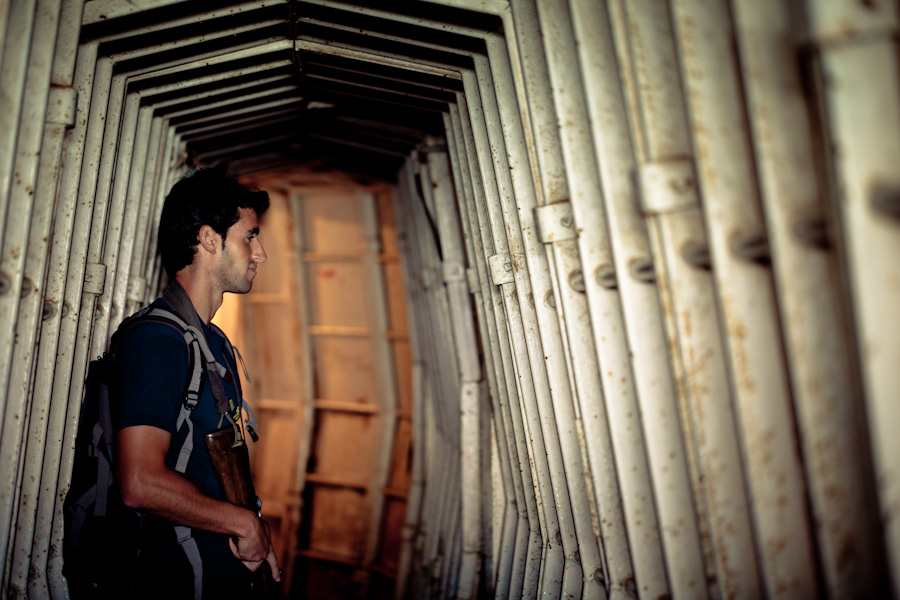

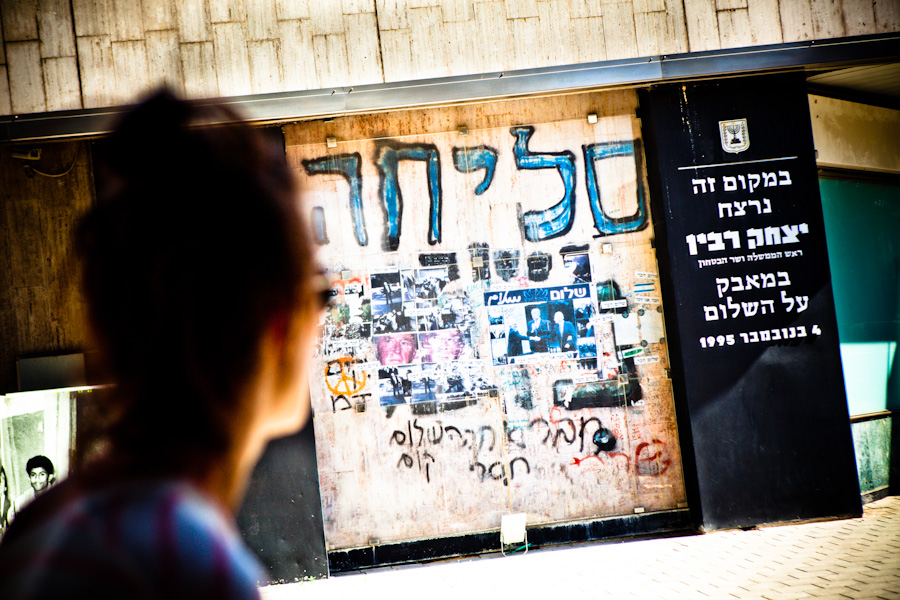
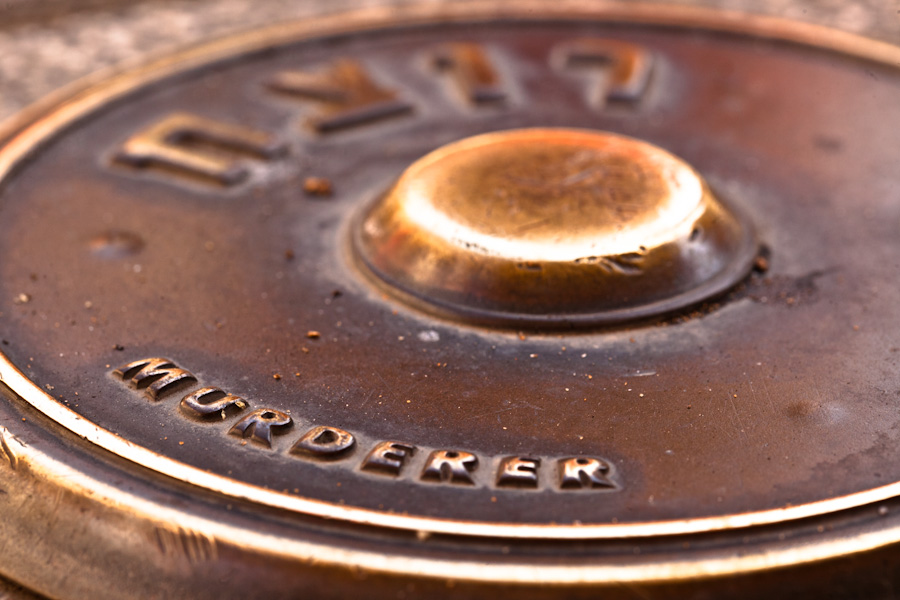
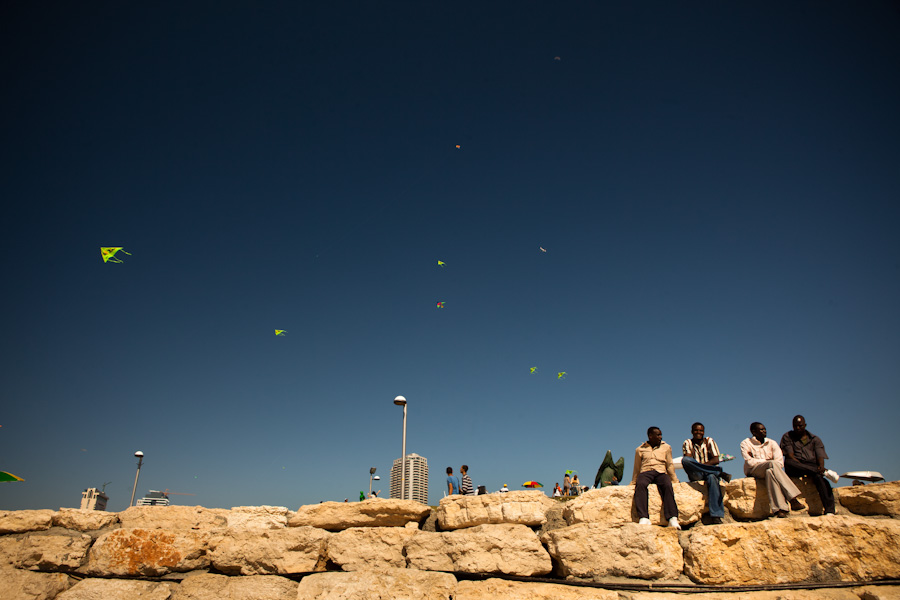
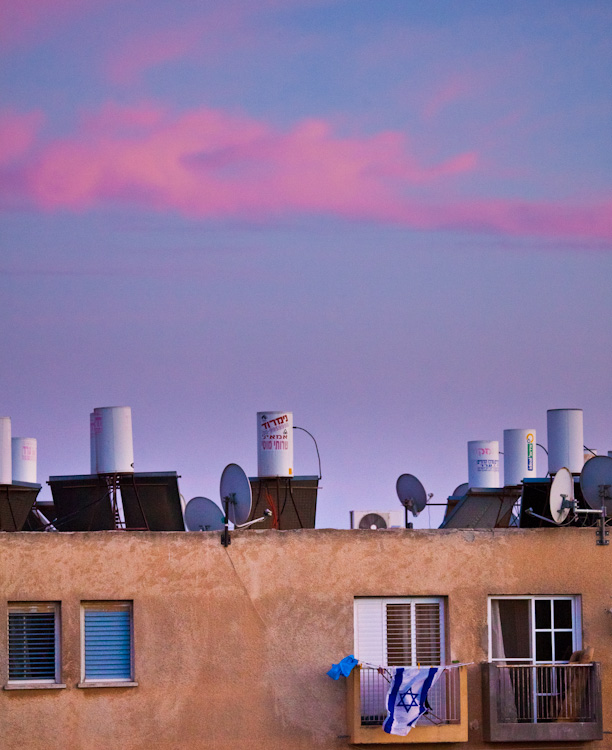
Comment
Yes, you’re right, Rabbi. Israel’s obsession with its army is a bad thing. We have no celidrhn to spare, but somehow we keep sending them to defend us. In the course of that, we have made some bad choices. But the scale is really the question. And the culture of death thing. Regarding the scale if the picture is only between the river and the sea, we’re Goliath, and we overdo it on a regular basis. And we have, no doubt, done our part in creating our mirror or shadow in Palestinian society. But if the scale is expanded, Israel is a tiny country. It’s about the size of the greater Chicago area, by population, maybe a little more. It could fit inside Illinois three or four times. And it DOES HAVE ENEMIES. But regarding the culture of death thing we don’t aim those guns on people regularly. We teach our soldiers purity of arms (a horrible expression, but a noble concept that a gun is made for one purpose and therefore must be treated with respect and never aimed except in danger nor fired except under a real threat). Significant bloodlust ? Not really, or maybe on the part of a minority, just as it probably is among the Palestinians. What to think? That the photographer gave you a great opportunity to teach the Torah of teaching the null curriculum? That maybe we should take seriously the thought that maybe our culture influences others? But that’s not a reason not to celebrate Israeli Independence. We are making so many mistakes, but they are our own, for God’s sake